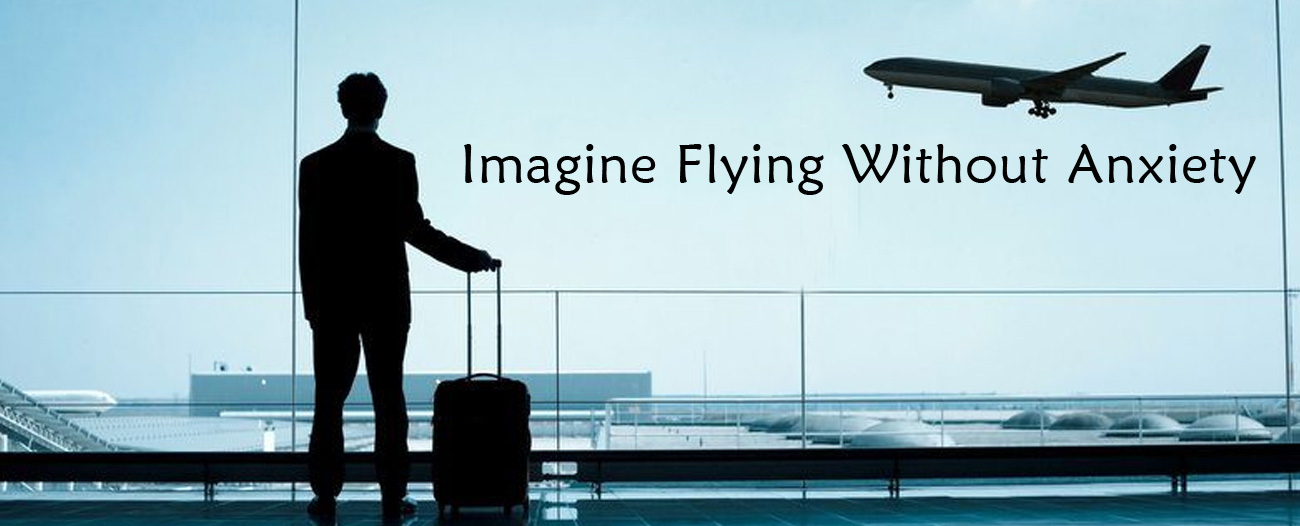FLY ANCHOR
BY ZOUHAIR BENKABBOU
DONT LET YOUR
FEAR OF WHAT
COULD HAPPEN
MAKE NOTHING
HAPPEN
Fear is a feeling induced by perceived danger or threat that occurs in certain types of organisms, which causes a change in metabolic and organ functions and ultimately a change in behavior, such as fleeing, hiding, or freezing from perceived traumatic events. Fear in human beings may occur in response to a certain stimulus occurring in the present, or in anticipation or expectation of a future threat perceived as a risk to body or life. The fear response arises from the perception of danger leading to confrontation with or escape from/avoiding the threat (also known as the fight-or-flight response), which in extreme cases of fear (horror and terror) can be a freeze response or paralysis.
In humans and animals, fear is modulated by the process of cognition and learning. Thus fear is judged as rational or appropriate and irrational or inappropriate. An irrational fear is called a phobia.
Psychologists such as John B. Watson, Robert Plutchik, and Paul Ekman have suggested that there is only a small set of basic or innate emotions and that fear is one of them. This hypothesized set includes such emotions as acute stress reaction, anger, angst, anxiety, fright, horror, joy, panic, and sadness. Fear is closely related to, but should be distinguished from, the emotion anxiety, which occurs as the result of threats that are perceived to be uncontrollable or unavoidable. The fear response serves survival by engendering appropriate behavioral responses, so it has been preserved throughout evolution. Sociological and organizational research also suggests that individuals’ fears are not solely dependent on their nature but are also shaped by their social relations and culture, which guide their understanding of when and how much fear to feel.
THEORY
Anxiety is an emotion that has to do with the perception of threatening situations. As soon as danger threatens, most people feel anxious and miserable. The body responds to this with an increased state of focus and meticulousness and prepares for action to avoid having to confront the danger. This action is called action called fleeing, freezing: these are two different ways of dealing with the danger. In one situation it is better to "fight", while in the other situation it will be more effective to "freeze".
Rituals are appropriate distraction methods to resolve your fears and can offer support through something tangible that comes with emotional value and relaxation. As a product designer I also experience these fears in particular flying fear. I have produced a kit in which the fear of flying or other fears that also include physical side effects during a user's journey is relieved by stress-releasing tools and accessories intended for wearing around the wrist, fingers and neck. The kit has accessories made from soapstone. The user needs to build a relationship with the object which can gradually provide peace and tranquility.
The goal is to keep the user constantly busy by touching different types of materials that involve almost all the senses. The kit can be used for relaxation before the flight until departure and during the other actions such as takeoff and descent, as end result experiencing fewer problems with the side effects.

SOAPSTONE

People have quarried soapstone for thousands of years. Native Americans in eastern North America used the soft rock to make bowls, cooking slabs, smoking pipes, and ornaments as early as the Late Archaic Period (3000 to 5000 years ago). Native Americans on the west coast traveled in canoes from the mainland to San Clemente Island (60 miles offshore!) to obtain soapstone for cooking bowls and effigy carving as early as 8000 years ago.
The people of Scandinavia began using soapstone during the Stone Age, and it helped them enter the Bronze Age when they discovered that it could be easily carved into molds for casting metal objects such as knife blades and spearheads. They were among the first to discover the ability of soapstone to absorb heat and radiate it slowly. That discovery inspired them to make soapstone cooking pots, bowls, cooking slabs, and hearth liners.
Throughout the world, in locations where the soapstone is exposed at the surface, it was one of the first rocks to be quarried. Soapstone's special properties continue to make it the "material of choice" for a wide variety of uses.
How to Stop Your Ears From Popping in an Airplane
STEP 1
Yawn or swallow frequently during the flight. These activities relax the Eustachian tube and allow for air pressure to equalize inside and outside the ear. Chewing gum or sucking on hard candy can help your mouth produce saliva, which induces the swallowing process.
STEP 2
Pinch your nose and blow gently with your mouth closed to reduce pressure inside the ear. , children and adults older than 8 years of age can open up the Eustachian tube by blowing softly into a balloon.
STEP 3
Before the flight, take a decongestant, which will help clear the Eustachian tube, if you have a cold and are "stuffed up." If you're very congested, consider postponing your flight because discomfort or pain can be considerable. In addition, the rapid pressure changes could permanently damage your eardrums.
STEP 4
Breastfeed your infant to prevent him from experiencing painful ear popping, You can also give him a pacifier or a bottle of milk.
RITUAL KITS
ANCHOR JEWELS
SOME ARTICLES
CLICK
HERE
PLEASE
DO NOT FORGET TO ORDER YOUR OWN KIT@FLYANCHOR
WE GET QUESTIONED AND NOT BELIEVED